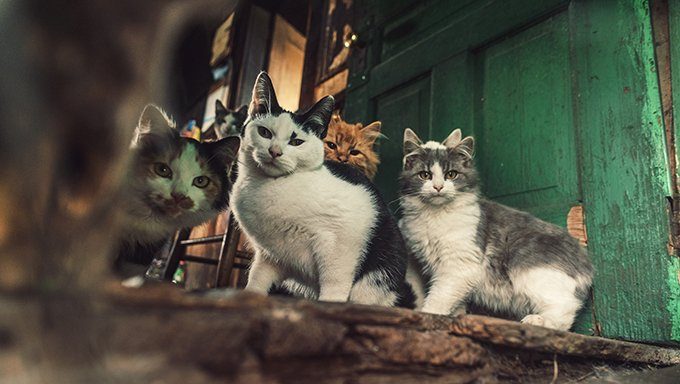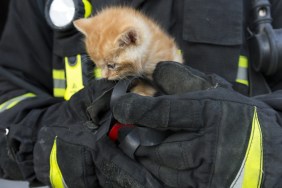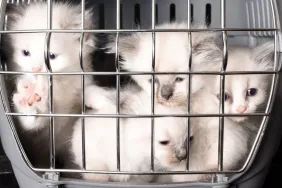Most cat lovers have referred to themselves as a “cat person” at some point in their lives. Some of us may even have several cats in our homes. But despite our feline love, we’re usually able and mentally well enough to take care of all of our cats.
Then there are cat parents who go from “really loving cats” to hoarder status. Animal hoarding is not only dangerous to the animals in the situation, but also to the hoarder themselves.
So what exactly is hoarding? How does a passion for caring about cats become such a dangerous problem? Here’s what you should know about animal hoarding.
What Is Hoarding?
The term “animal hoarding” doesn’t simply refer to an individual who possesses more than the typical number of companion animals. Someone could have 15 cats and still not be considered a hoarder.
Having a significant amount of cats turns into hoarding when the collecting of cats becomes compulsive and endangers the animals.
Hoarders do not have the resources or capabilities to care for all of the animals in their homes, may not even know how many animals are in their homes, and will be in denial of their inability to take care of all of the animals in their possession.
How Does Someone Become An Animal Hoarder?
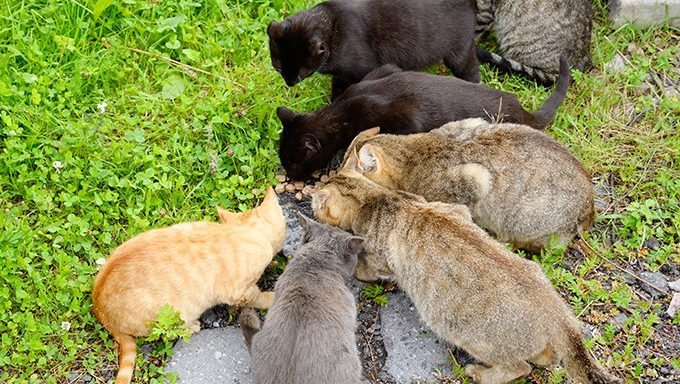
So how does one become an animal hoarder? After all, many people who become animal hoarders start out as animal advocates. They wouldn’t knowingly do anything to harm their pets or any other animals.
Early research suggests that animal hoarding can be a variant of obsessive-compulsive disorder.
There have also been a lot of viral pieces on Toxoplasma Gondii, a parasite that can be found in cat feces. In mice, this parasite alters the mice’s brains so they are attracted to cat urine, making it easy for cats to catch them.
It’s been hypothesized that this parasite can work similarly on humans, making the presence of more and more cats soothing. However, no concrete research has surfaced proving this theory.
Newer research suggests animal hoarding can stem from a variety of factors, such as attachment disorders and delusional thinking. For example, if a person was unable to bond with peers in school, they may have anxieties around human socialization.
Cats or other animals may be comfortable companions to someone with social anxiety or severe depression.
Cat and animal hoarding is not specific to any gender, age, or ethnicity. There are no clear cut or finite reasons as to why people sink into this unhealthy compulsion.
Hoarding Disguised As Rescuing
Some cat hoarders consider themselves “rescuers” and will grab cats off of the street and bring them into their home. To this type of cat hoarder, they truly are helping this cat, even if they bring them into a home environment that, in reality, is overcrowded and toxic.
Cat hoarders will often do one small thing, such as clean out a tiny corner of a room for a new cat bed, and feel incredibly accomplished. These tiny efforts do not negate the room that reeks of ammonia due to unchanged litter boxes, feeble cats lying under the bed for days, or such tight living spaces that cats are fighting.
What Are The Signs Of Animal Hoarding?
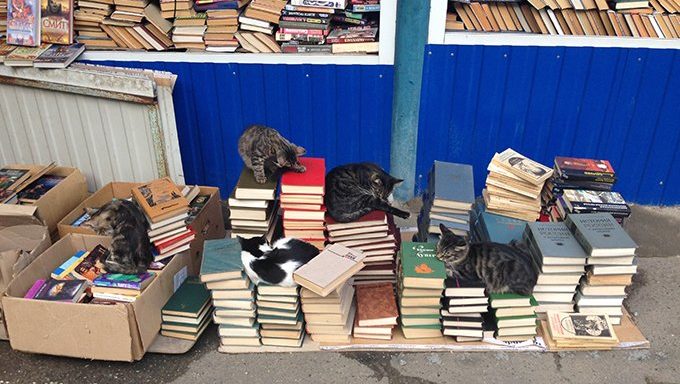
Fortunately, there are signs to look out for when it comes to potential animal hoarders. Here are a few red flags if you suspect someone you know is hoarding cats or any type of animal:
- The individual in question cannot tell you exactly how many cats/animals they have in their home.
- The individual’s home is in disarray, perhaps with dirty windows, furniture that is broken and completely chewed through, extreme clutter, an intense smell of ammonia due to cat urine, and general destruction.
- Animal feces and vomit covers the floors of the individual’s home.
- The individual insists that each of their animals is healthy, despite physical evidence that they are not.
- Cats in a hoarder’s home are often ill, emaciated due to lack of food, and most likely are covered in fleas, ticks, and possibly mange or other parasites. Cats could also be pregnant due to lack of spaying and neutering.
- The individual tends to keep to themselves and has isolated from you and other family and friends.
- The individual in question gets very defensive if anyone asks them about the health of their animals.
What Should You Do If You Suspect Someone Is Hoarding Animals?
If you see signs of hoarding, it may be time to intervene for the sake of both the hoarder and the animals they’re hoarding.
Remember that even though you can clearly see that these animals and the individual keeping them are suffering, that person cannot. While animal hoarding isn’t officially a mental illness, components of certain conditions can play a heavy role.
Part of cat hoarding is being in complete denial about the inability to care for their cats. Simply telling the hoarder that they don’t have this capability will do nothing but make them shut you out from their lives.
Even if living conditions in the cat hoarder’s house are disgusting and clearly unhealthy, start with non-accusatory dialogue. According to experts, hoarding is often the result of trauma or significant loss, so remember that the hoarder is most likely in remarkable emotional pain.
Empathy, patience, and understanding are necessities with the topic of a hoarder’s animals. Reiterate that you come from a place of concern and that you know that the hoarder deeply loves all of their animals. Offer to find professional help and homes for the animals if the hoarder seems receptive.
If the hoarder gets defensive and isolates themselves, it’s time to call animal control or a trusted rescue to help treat and re-home the cats.
Even after this, it’s important to reach out to the hoarder if you consider them a friend. Letting your friend know you’re there for them shows that they can receive emotional support outside of caring for an unmanageable amount of cats and will help prevent the cycle from starting again.
Do you have any experience with a cat hoarder? What steps did you take to get the animals out of the situation? Let us know your experience in the comments below.
